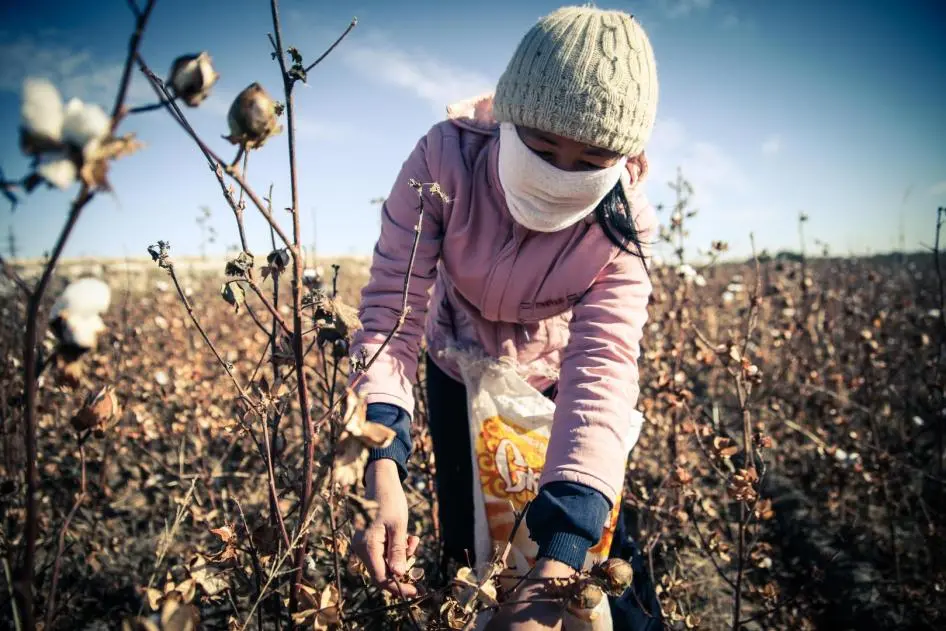
NGOCSTIP – Forced labor in agriculture remains one of the most pervasive forms of exploitation globally. Despite modern efforts to combat human trafficking, millions of individuals are still trapped in the agriculture sector. These workers face coercion, deception, and often live in poor conditions. The issue is often hidden behind the promise of a better life for migrant workers. In this article, we will explore how forced labor operates in agriculture and the consequences it has on those affected.
The global agricultural industry heavily relies on migrant labor. In many countries, traffickers promise workers better wages and working conditions, only for them to find themselves in abusive situations. Many migrant workers accept jobs based on false promises of good pay and safe living conditions. Once they arrive, they become trapped in debt bondage, working to repay money they never received.
These workers endure severe conditions. They work long hours under extreme weather conditions. The work is physically demanding and dangerous, and they receive little or no compensation. Additionally, traffickers subject workers to physical and psychological abuse, making it nearly impossible for them to escape.
“Read about: Fighting Human Trafficking Together: How Public Involvement Can Make a Difference”
Traffickers use coercion as one of their primary tools in the agricultural sector. They often force workers to accept unsafe or exploitative conditions. In some cases, traffickers threaten workers with job loss or legal action if they try to leave. Fear and intimidation serve as powerful tools that trap workers in forced labor.
Traffickers also deceive workers to gain control over them. Unscrupulous agents recruit migrants, promising jobs but failing to deliver on those promises. They charge workers exorbitant fees for job placement and often force them to take loans to cover these costs. Once in the host country, workers struggle to repay the loans, leaving them indebted and vulnerable to further exploitation.
The impact of forced labor on agricultural workers is severe. They often suffer from physical and mental health issues due to overwork, abuse, and poor living conditions. These workers are denied their basic rights, such as fair wages, access to healthcare, and a safe work environment. In many cases, they are treated as little more than commodities.
Workers trapped in forced labor face a lack of mobility. They cannot leave their jobs without facing retaliation, such as being reported to authorities or having their families threatened. This loss of freedom is one of the most harmful aspects of forced labor in agriculture. Additionally, workers may experience trauma that lasts long after they escape their situation, including anxiety, depression, and post-traumatic stress disorder (PTSD).
Supply chains play a significant role in perpetuating forced labor in agriculture. Many companies in the agricultural sector rely on cheap labor to reduce production costs. However, they often turn a blind eye to the abusive conditions workers face. Some companies may unknowingly purchase produce harvested by trafficked workers. Others may be fully aware of the exploitative practices but choose to ignore them for financial gain.
The global nature of agricultural supply chains complicates the issue of forced labor. Large-scale farms that supply food to international markets may not always have the ability or incentive to monitor working conditions on their farms. This allows traffickers to continue exploiting vulnerable individuals without fear of being caught.
“read more: Preventing Myopia in Children: Tips for Maintaining Healthy Vision”
Several international organizations, including the United Nations and non-governmental organizations, have made efforts to combat forced labor in agriculture. These organizations work to raise awareness of the issue and put pressure on governments and businesses to take action. Many countries have passed laws and regulations aimed at preventing human trafficking and forced labor, but enforcement is often weak.
Some companies have started to take steps to ensure their supply chains are free from forced labor. Through programs like Fair Trade certification, they aim to guarantee ethical sourcing and working conditions. However, much more needs to be done to address the root causes of forced labor and ensure that all workers are treated fairly.
To eradicate forced labor in agriculture, a multi-faceted approach is necessary. Governments, businesses, and consumers all have a role to play. Governments must enforce stricter regulations and provide support to workers who are vulnerable to exploitation. Businesses must prioritize ethical sourcing and ensure that their supply chains are transparent. Consumers can also contribute by supporting companies that promote fair labor practices.